13 Home Features That Add Value and Speed Up a Sale
These amenities don’t just look good — they help close deals faster.

Carla Ayers
In many parts of the country, home prices are still climbing and inventory remains historically low. But the Federal Reserve has cut rates twice this year and with more cuts expected, home sales and mortgage refinancing could soon pick up. That also means sellers will need to up their game in a more competitive market.
Fixing that leaky shower or replacing an aging roof could make all the difference. We’ve rounded up the top 13 features today’s buyers want most, according to a National Association of Home Builders (NAHB) survey. Some updates are quick and inexpensive DIY projects, while others require more time, money and professional help, a challenge in the midst of ongoing labor and material shortages.
Overall, buyers are opting for smaller homes with design touches important to them, like a master bath on the main floor or a front porch. Buyers want to have plenty of comfortable, well-lit outdoor space. They also value nearby parks and walkability.
Want a higher sale price? Invest in the right upgrades
As the housing market continues to rebound, would-be sellers should think twice before skipping out on areas of their homes in need of serious upgrades. Home buyers are willing to spend more on homes with higher-quality finishes in sought-after neighborhoods. Ensure your home is in top condition to get the most attention and the highest possible price.
With a few exceptions, you’re unlikely to recoup all your remodeling costs when you sell. According to Remodeling magazine’s 2025 Cost vs. Value report, sellers were estimated to recoup 18% to 268% of the cost of the 23 projects considered in the report. For example, the average cost of a mid-range bathroom remodel is $26,138 (up from $24,424 in 2021). You'd recoup about $18,613 (74%) of that amount within a year.
The cost of doing nothing to your home can be far greater than the small loss you'll incur on any home improvement project. "Getting stuck in time with your home isn't a smart move and is rarely rewarded financially at sale time," said Compass broker Brian K. Lewis. "In fact, it may cause your house to linger longer on the market longer. As a result, you'll likely have to pay ongoing mortgage, maintenance and staging costs."
If you want to get the most bang for your buck, focus on features that most home buyers really want to see and that you’ll enjoy for as long as you live in the home. Home improvements can be expensive, but the right upgrades could help you command a higher sale price when it’s time to move.
If you’ve built up equity, consider using a home equity line of credit (HELOC) or a cash-out refinance to reinvest in your property and boost its long-term value.
Use the tool below to explore and compare today’s top home equity loan and HELOC offers to see how much you could borrow from your home’s value, powered by Bankrate:
Selling your home? Here are the 13 home features buyers want most.
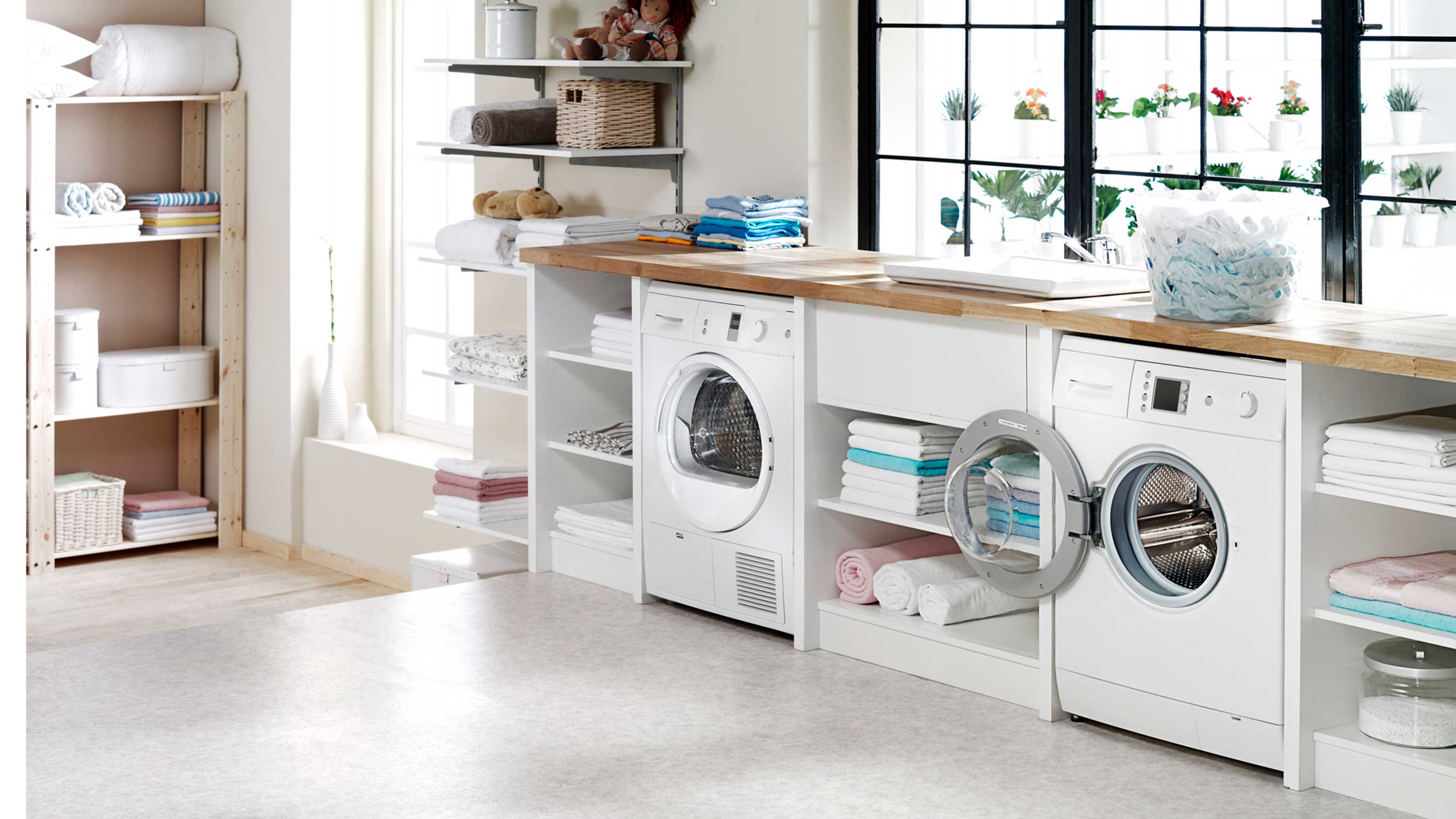
1. Laundry room
- Cost of laundry room addition: $8,000 to $30,000
- Minimum cost of a laundry room renovation: $1,300
More than anything else, homeowners want a dedicated laundry room where they can hide the dirty clothes and stack the clean ones until they get put away. A separate laundry room tops the National Association of Home Builders' (NAHB) list of most-wanted home features by buyers.
If you don't have an existing laundry room and want to add one, the basement is usually the easiest (and cheapest) place to put it. The utility lines are already there, and in many cases the basement is unfinished, so you won't have to demolish anything first.
If you’re investing in a new washer and dryer, look for Energy Star-certified models that will save you energy and money. Add good lighting and a utility sink, where you can wash out or presoak heavily stained or dirty items. Depending on your budget and space, you can add stock or custom cabinetry, a folding table or countertops.
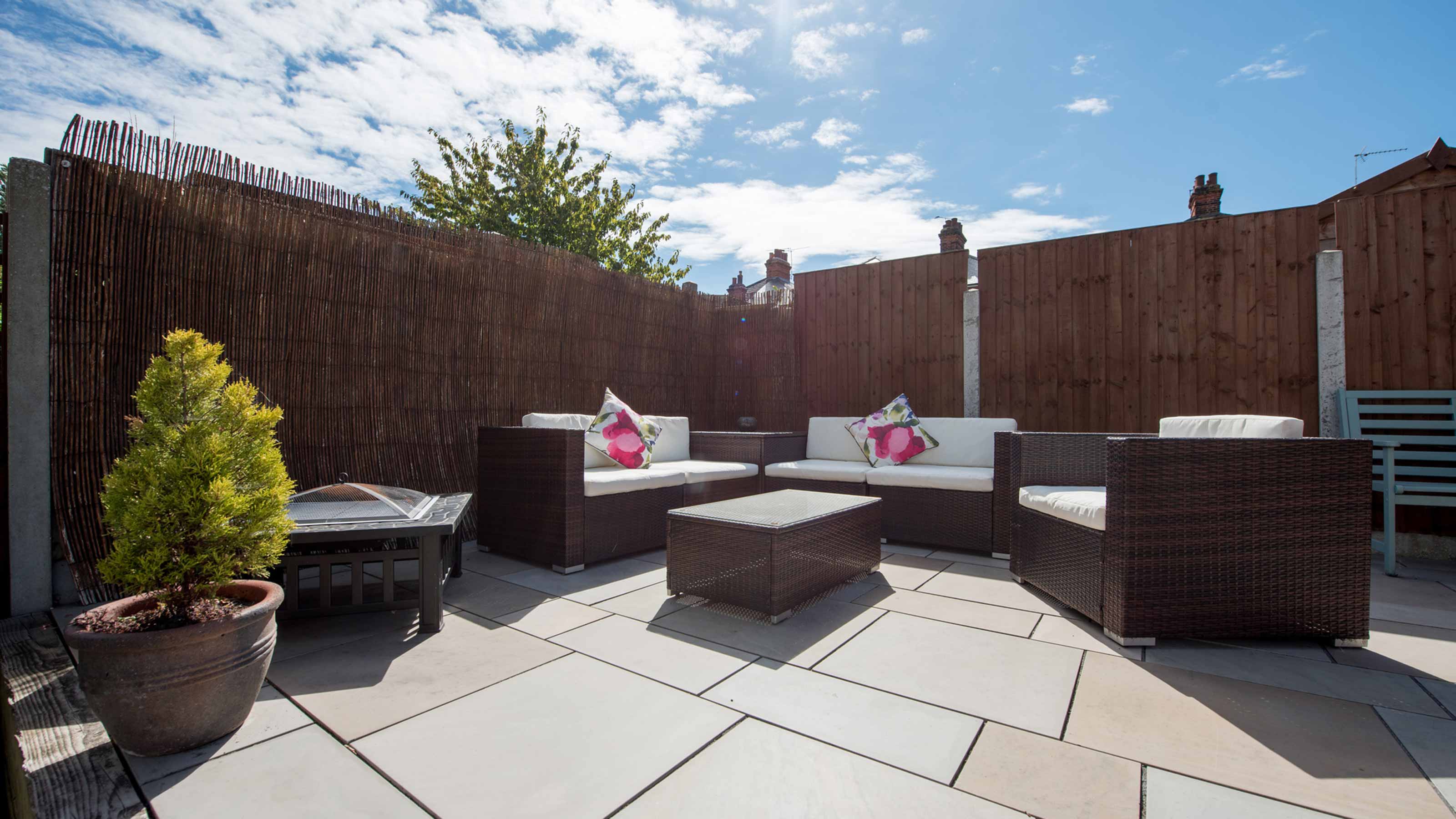
2. Patio
- Small patio (about 49 sq. ft.): $250 to $2,500
- Medium patio (about 144 sq. ft.): $750 to $7,200
- Large patio (400+ sq. ft.): $2,000 to $20,000
In today's housing market, outdoor living spaces have become one of the most coveted outdoor home features.
It's important for homeowners not to neglect the backyard area when prepping for resale, says Mike McGrew, chairman and CEO of McGrew Real Estate, a Lawrence, Kansas-based realty firm.
"When most buyers see a house with a really nice backyard, they start to envision themselves sitting outdoors with friends having drinks," McGrew adds. Also, outdoor areas offer more living space without the cost of a large-scale home addition.
With the popularity of home renovation reality shows, many buyers have come to expect the eye-catching exterior features. The more expensive the home, the more buyers desire exterior features, such as an outdoor kitchen or fireplace.
Because patios are generally made of concrete or pavers, they tend to cost less than a wood deck or porch to construct and are generally easier to maintain, say, with powerwashing versus periodic staining and resealing or painting. However, their resale value will likely be less than a deck or porch.
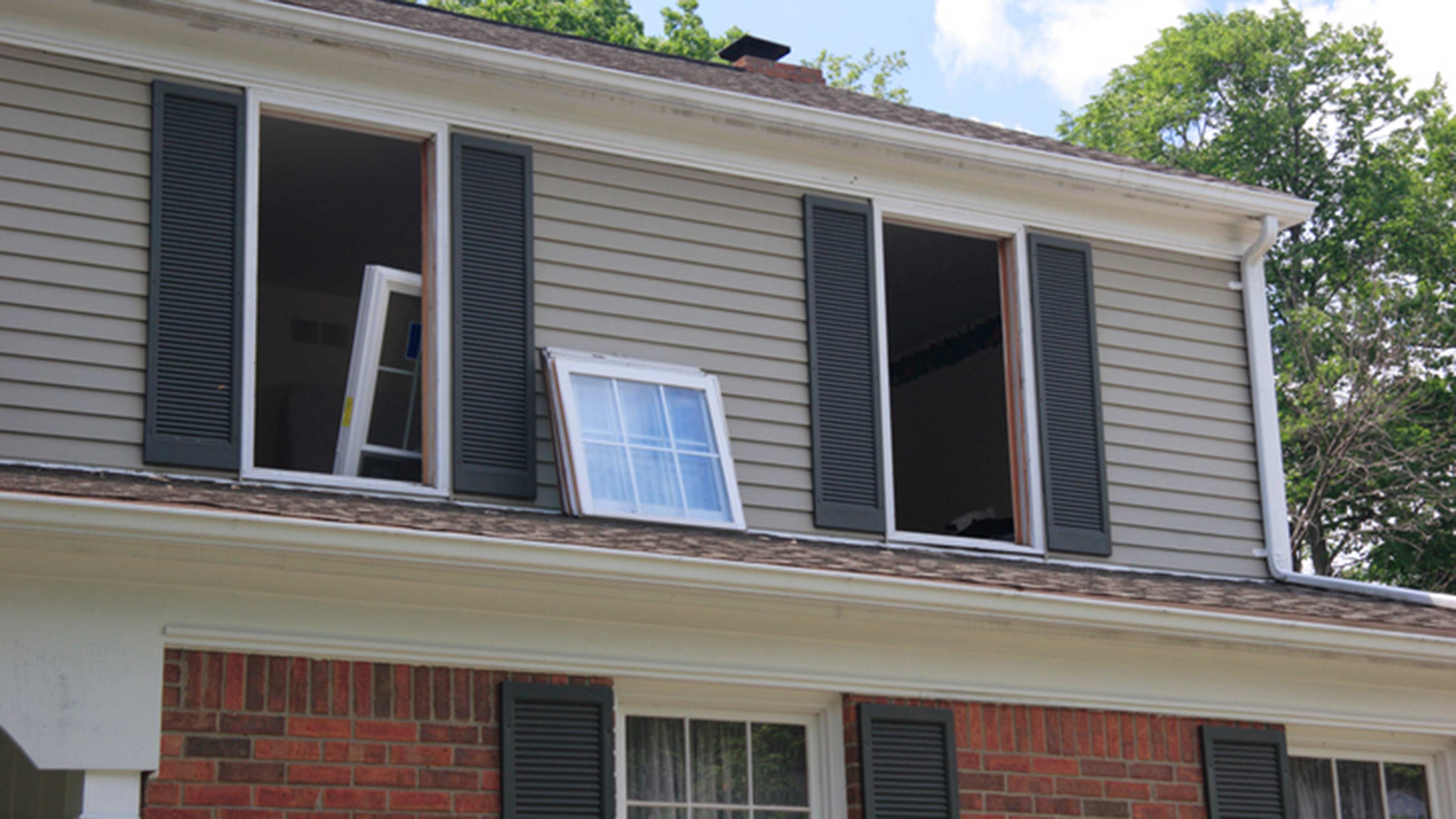
3. Energy Star windows
- The average cost to replace windows is $7,359
- Most homeowners spend between $3,443 and $11,839
- About $750 per window, with a range of $300 to $2,500 per window
Would-be buyers looking to lower utility bills will be drawn to properties with Energy Star-qualified windows and appliances. If you don't already have these features, including new windows, examine your remodeling budget and decide what you'll need to spend to upgrade.
Be sure to check the Department of Energy website for federal and local rebates and other offers.
Energy Star-qualified windows have two or three panes of glass with vacuum-sealed spaces filled with air or inert gas between panes, sturdier weather stripping than regular windows and improved framing materials — all of which reduce undesirable heat gain and loss in the home. They can trim heating and cooling costs by 12%.
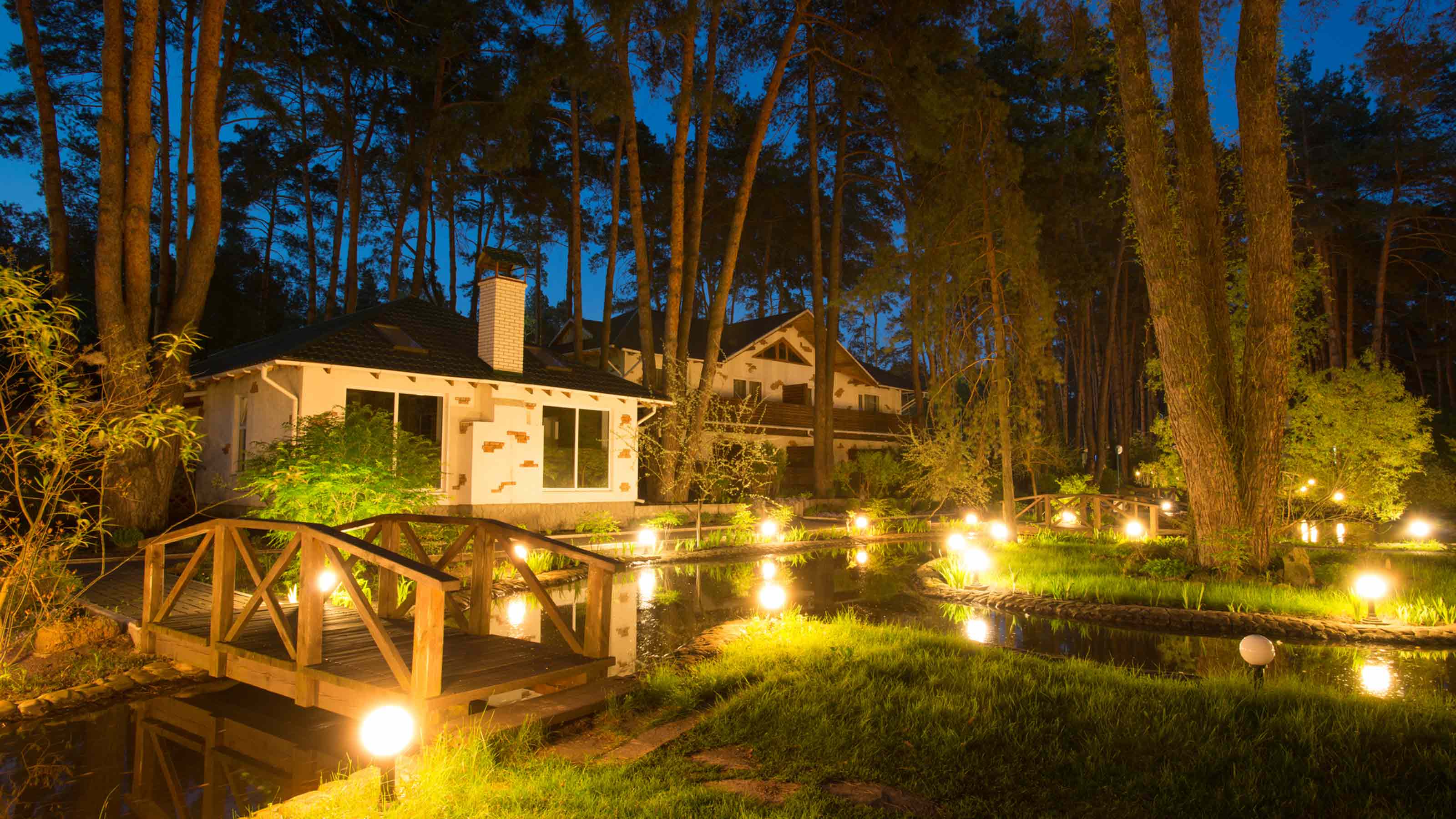
4. Exterior lighting
- The average cost to install landscape lighting is $3,500
- Most homeowners spend between $2,000 and $6,000
- Costs range from as little as $800 for a small, basic system to as much as $10,000 for a large, custom design
Illuminating a well-manicured lawn with exterior lighting can help grab the attention of potential buyers, even before they set foot through the front door. In fact, exterior lighting is the most-wanted outdoor feature after patios, according to the NAHB report. Options include spotlights, walkway lights and pendant lights.
Aesthetics aside, exterior lighting also serves as an added safety feature for your home, says Daniel Hurst, owner and general manager of Hurst Design-Build-Remodel, an Ohio-based home remodeling company.
Motion-sensor lights, for example, turn on automatically whenever there is movement outside your house and is an added security feature appreciated by most buyers.
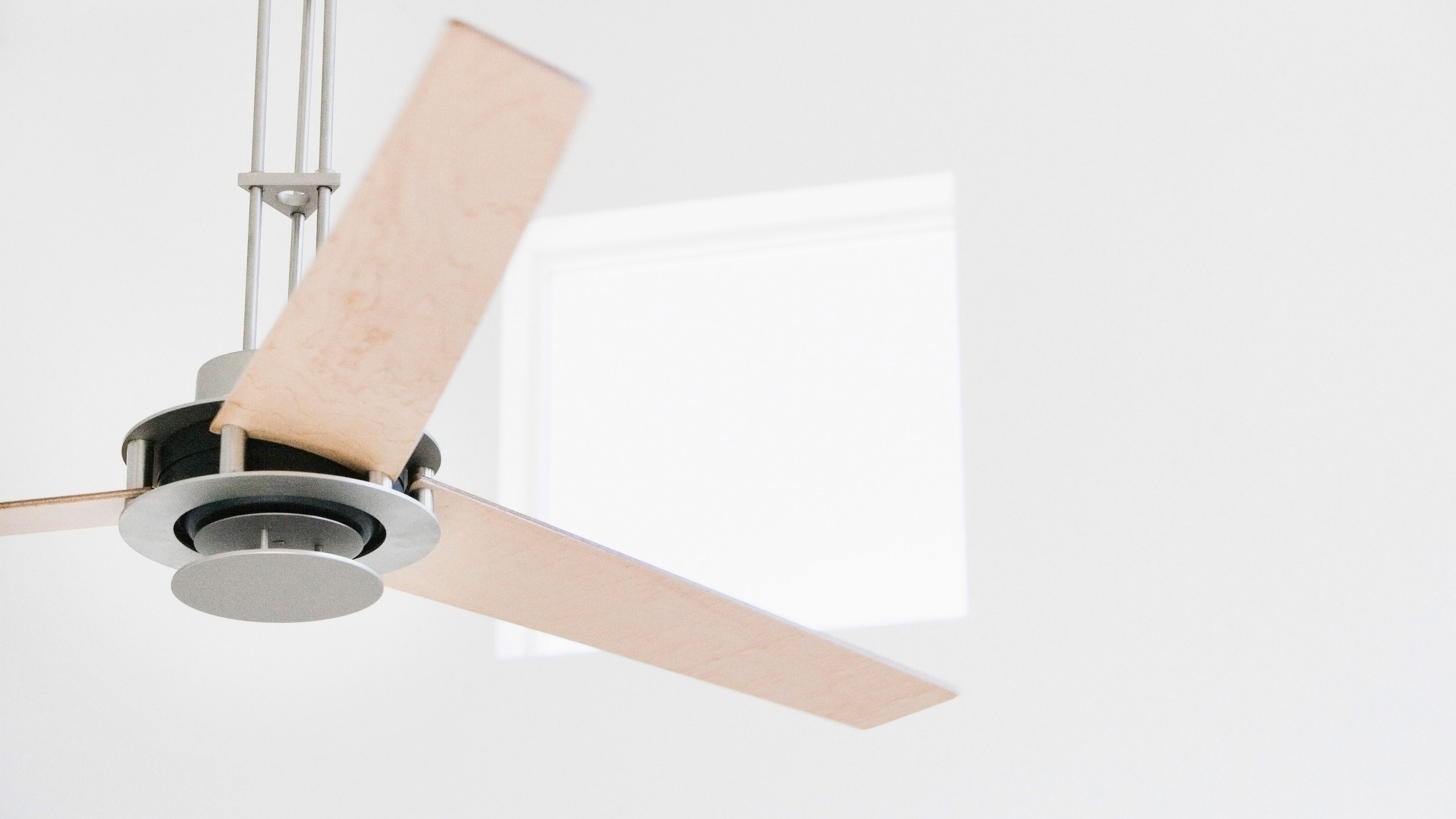
5. Ceiling fan
- The average cost to install a ceiling fan is $250
- Most homeowners spend between $145 and $355, depending on fan type, labor and installation complexity
- Costs range from as little as $85 for a basic replacement to as much as $640 for high-end models or complex installations
In addition to improving a home's aesthetic (and adding a little wind in your hair), energy-efficient ceiling fans (ranging in price from $45 to $4,000 at Lowe's) can also help lower cooling costs when used in conjunction with or instead of an air conditioner during the warmer months.
Ceiling fans create a wind-chill effect that helps cool the people sitting in the room. Homeowners should be able to raise the thermostat level by four degrees without a reduction in comfort while the fan is in use with air conditioning, according to Energy.gov.
Energy.gov also recommends that ceiling fans only be used in rooms with a ceiling height of at least eight feet. The fans work best at that height and when they're hanging 10 to 12 inches below the ceiling.
If you use air conditioning, a ceiling fan will allow you to raise the thermostat setting about 4°F with no reduction in comfort. In temperate climates, or during moderately hot weather, ceiling fans may allow you to avoid using your air conditioner altogether.

6. Garage storage space
- Small garage (one car): Average cost $500 to $4,000
- Medium garage (two cars): Average cost $2,000 to $5,000
- Large garage (three cars): Average cost $2,500 to $10,000
Buyers with growing families need lots of storage space. Would-be sellers should keep in mind that "organized living spaces (including the garage) equates to more dollars in your pocket at sale time," Compass' Lewis says.
Carving out some space in your garage to help keep clutter out of the main living spaces could help your bottom line. "Make sure the bonus space is easily accessible and wonderfully organized," Lewis advises.
The installation cost listed includes adding storage, electric circuits and lighting, plus peg wallboard for tool storage.
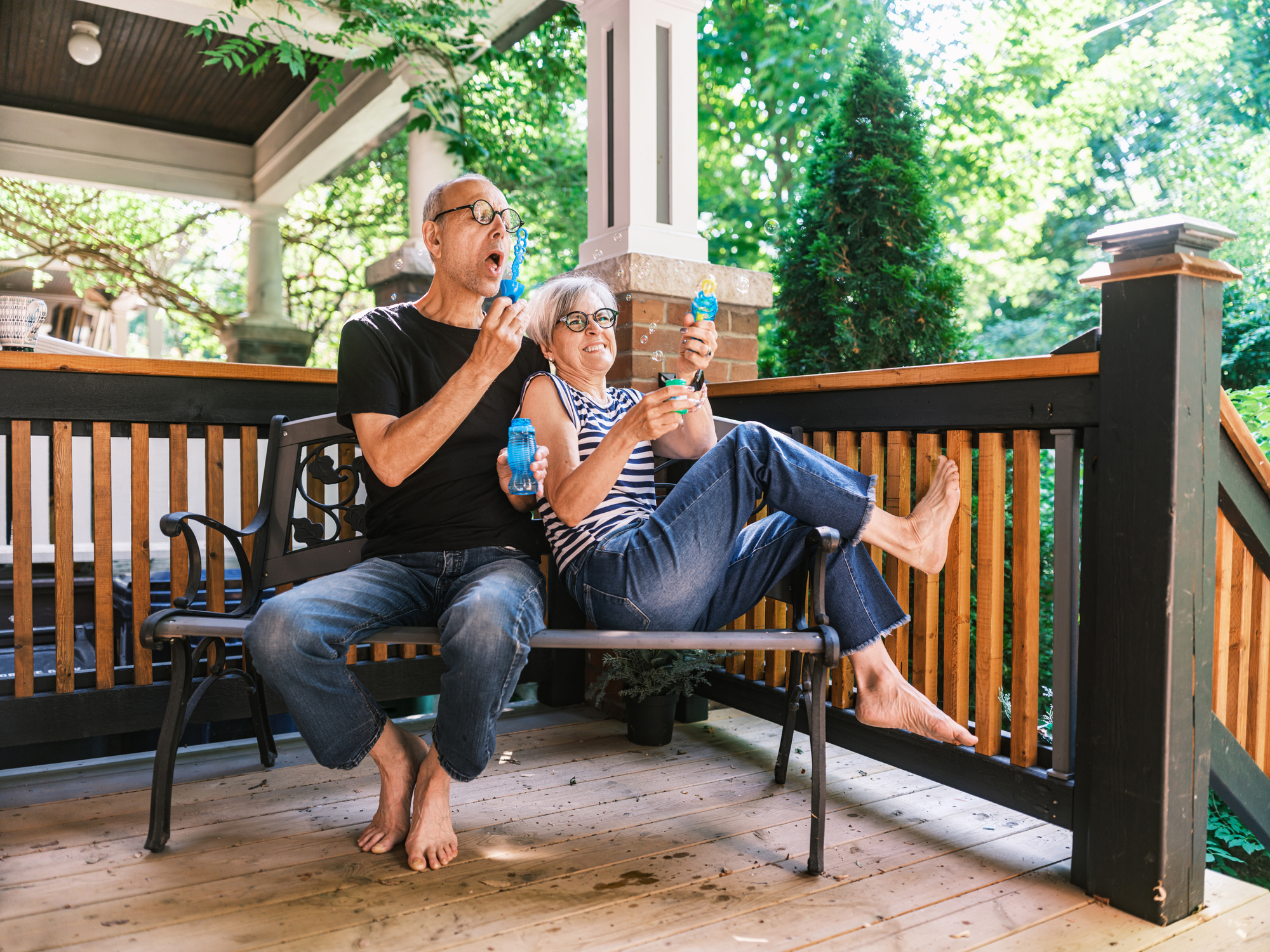
7. Front porch
- Average cost: About $14,500 for a 200-square-foot porch
- Small porch (under 100 sq. ft.): Around $4,000
- Large wraparound or all-season porch (about 600 sq. ft.): Can exceed $90,000, especially with added features like lighting or heaters
- Overall cost range: Typically $40 to $120 per square foot
A front porch provides a place between the curb and front door where homeowners can relax, watch the world go by, and interact with friends and neighbors. Because it’s covered from the elements, it’s serves as an extension of your living space.
It protects you from the rain, sun and bugs if screened in. However, the overhanging roof will reduce the natural light your home receives through front windows (skylights in the porch roof will help).
According to ThisOldHouse.com, a porch should be at least six feet deep to allow for comfortable seating, or ten feet deep for outdoor dining. (Many newer homes are built with a shallow porch of say, four feet deep, which is aesthetically appealing but more for looks than real-world use.) Make sure the style and color of the porch matches your home.
If you already have a porch, provide comfortable seating without overcrowding the space. Add pops of color with cushions, pillows and a rug meant for exterior use, and containers of flowers. Add a ceiling fan rated for outdoor use to provide a cooling breeze on hot days.
If you want more privacy and less street noise or don’t want to reduce natural light in your home, a deck out back may be a better alternative than a front porch. According to BobVila.com, because a deck doesn’t have a roof, it’s lighter than a porch and often needs less structural support.
So for the same square footage, it will probably cost less than a porch. The typical cost of a deck ranges from $4,341 to $12,596, according to Angi.
As with any addition, make sure your project is permitted, conforms to building codes and doesn’t cause you to exceed lot coverage requirements in your area.
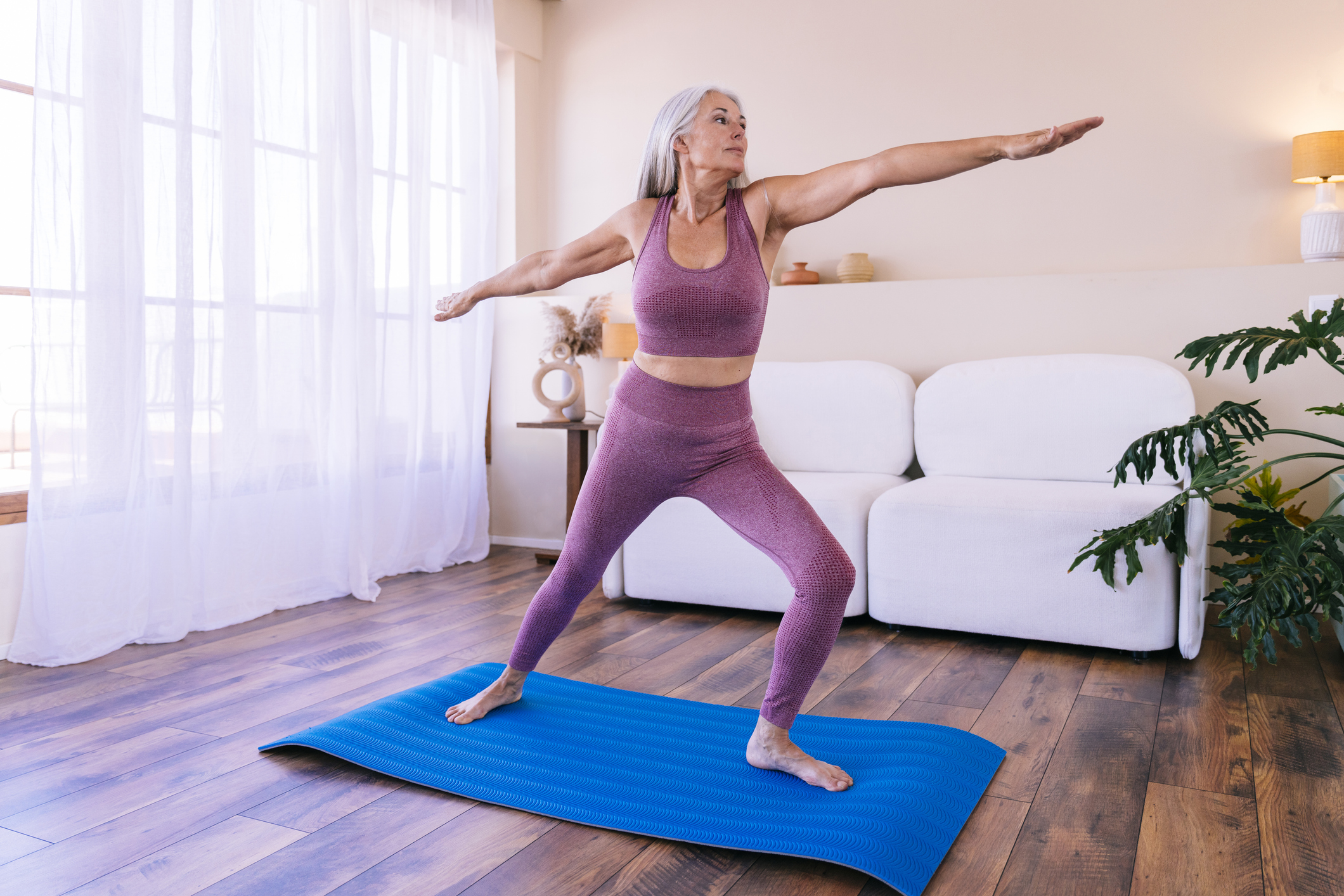
8. Hardwood floors in the main living area
- Average cost to install oak flooring: $12,000 for a standard project
- Typical price range: $1,100 to $36,000, depending on project scope
- Cost per square foot: $8 to $18, based on the type of oak, installation method, and project size
Hardwood flooring offers a natural look, is less allergenic than carpet, is easier to maintain and is more durable than carpet, which needs to be replaced every 10 years or so. It can be refinished periodically and lasts a lifetime.
However, keep in mind if replacing your flooring when selling your home, that hardwood flooring can experience excessive wear and tear in high-traffic areas.
Sellers on a budget may want to buy engineered wood flooring, which is a hardwood veneer on top of several layers of other types of wood that form a plywood core. One popular brand of engineered wood flooring, Pergo, cost between $4 and $20 per square foot for materials and installation.
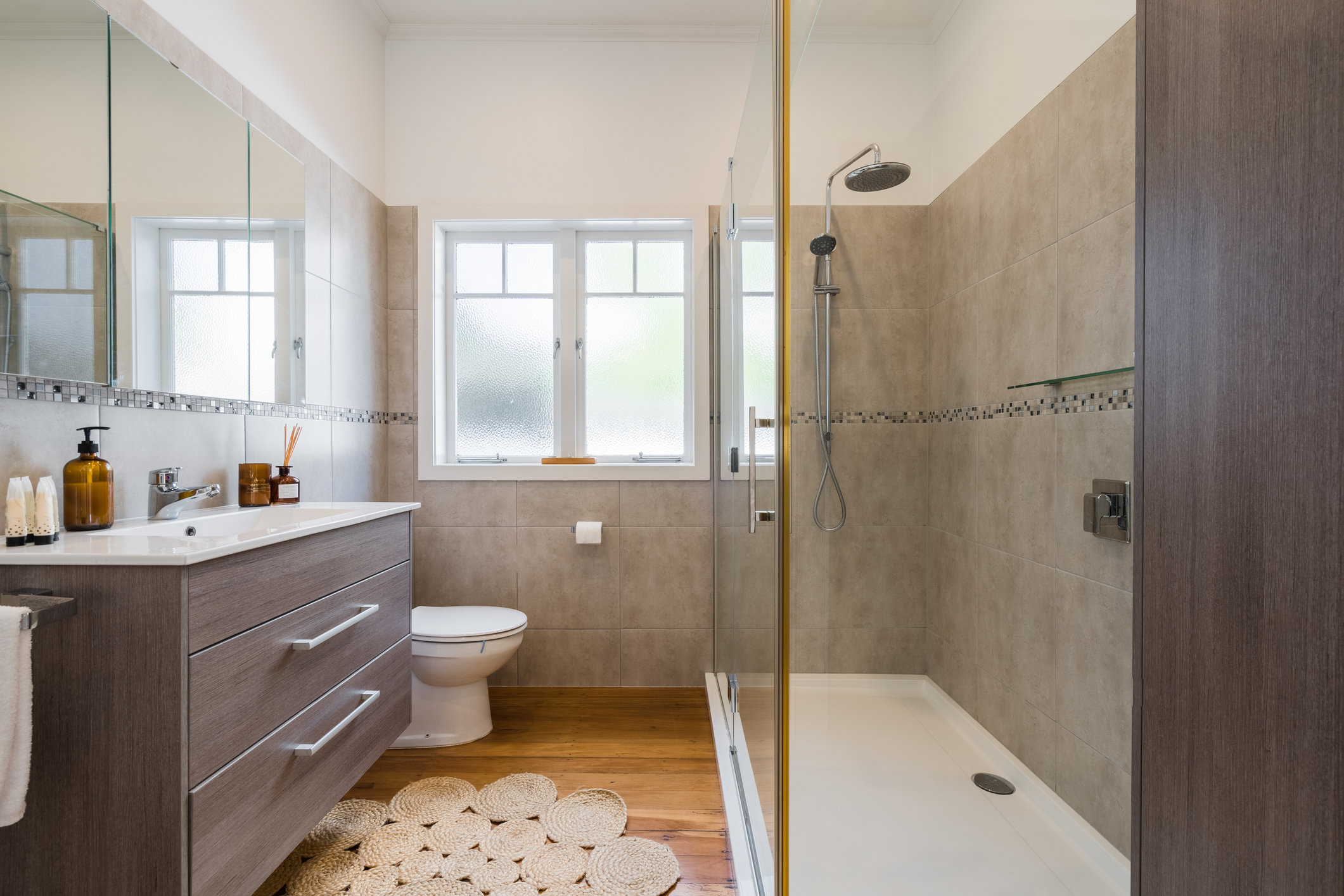
9. Full bath on the main level
- Average bathroom remodel cost: About $12,122
- Typical price range: $2,500 to $30,000, or $70 to $250 per square foot
- Luxury remodels: Can cost upwards of $80,000
- Labor costs: Typically 40% to 65% of the total budget
A full bath typically includes a sink, toilet, tub and shower. Families like one on the main floor because it makes it easier for parents to supervise bath time. Guests don't have to trod upstairs to use the bathroom and it makes cleaning up more convenient when coming in from playing or barbecuing outside.
Older people like it because of the potential to live on one floor, especially if an adjacent room could be converted into a bedroom. An existing powder room could be converted to a full bath by using space from an adjacent closet or hallway.
The typical space required for a small bathroom, with a tub-and-shower combination, is 40 square feet (typically 5 feet by 8 feet), according to Modernize.com. Older folks may want a separate walk-in shower, which requires a bit more space (45 square feet, or 5 feet by 9 feet).
Consider swapping a swing door for a pocket door and adding features to enhance accessibility, such as a wider doorway, nonslip flooring and grab bars.

10. Energy Star appliances
Efficient home appliances can save you money and add value to your home when it's time to sell. That's because they cost less to run over their lifetimes than less-efficient models. They also often come with incentives. Since the Energy Star program was introduced in 1992, it has helped to reduce energy costs by $450 billion, according to Energy Star.
An Energy Star clothes washer will save you about $550 in electricity costs over its lifetime. Some utility companies also offer rebates for switching to Energy Star models. Check the Energy Star Rebate Finder to check for rebates on the appliance you want to replace in your location.
Appliance | Average Cost Range |
|---|---|
Range | $410 to $7,500 |
Cooktop | $320 to $4,030 |
Refrigerator | $430 to $10,600 |
Washing machine | $445 to $2,300 |
Dryer | $445 to $2,100 |
Dishwasher | $330 to $1,900 |
Microwave | $100 to $500 |
Chest freezer | $190 to $1,700 |
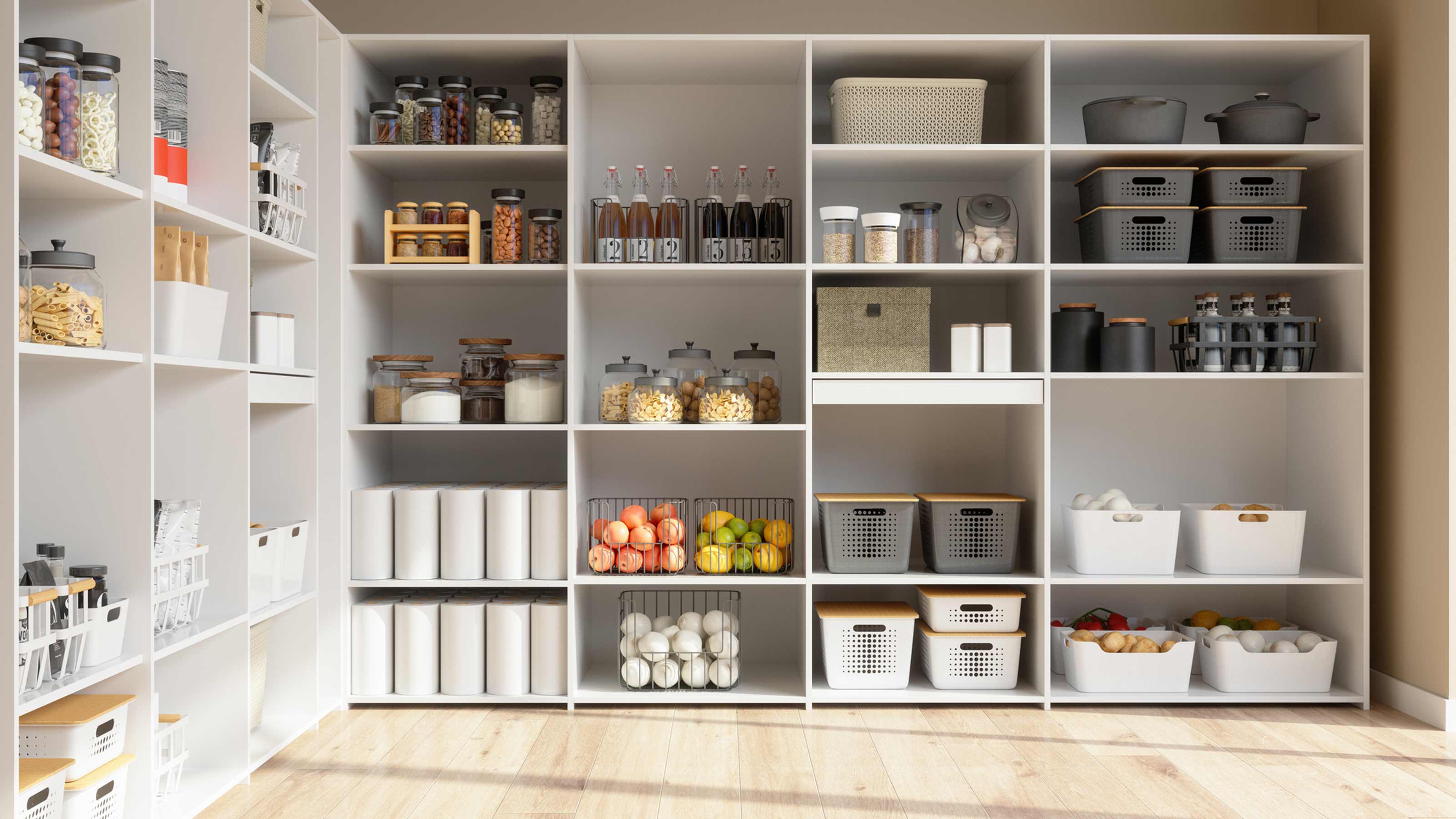
11. Walk-in kitchen pantry
- Average cost to install a custom pantry: Around $2,000
- Typical price range: $250 to $5,000, depending on size and materials
- Cost per square foot: $20 to $40 on average
- High-end custom pantries: Can cost up to $450 per linear foot
A walk-in pantry is a coveted kitchen feature among buyers polled in the NAHB's report. Why? Home buyers with families know that the kitchen can quickly become overcrowded when there's not enough space to store the essentials (think: canned goods, condiments and food storage containers).
And those who shop in bulk at warehouse clubs or big box retailers to avoid making frequent trips and face in-store crowds, usually need a lot of extra space in the kitchen area to store their goods.
Unlike reach-in closet pantries with sliding doors that offer limited space, walk-in versions allow homeowners to store larger quantities of non-perishable food items and other kitchen essentials just steps away from the food prep area, suggests Neil Parsons, a project designer for Move or Improve a Matawan, N.J.-based home design firm.
Walk-in pantries are typically 5x5 feet and have U-shaped open shelves or cabinets with a countertop, according to ThisOldHouse.com. Make sure the pantry is situated somewhere that is cool and dry for longer shelf-life of perishables.
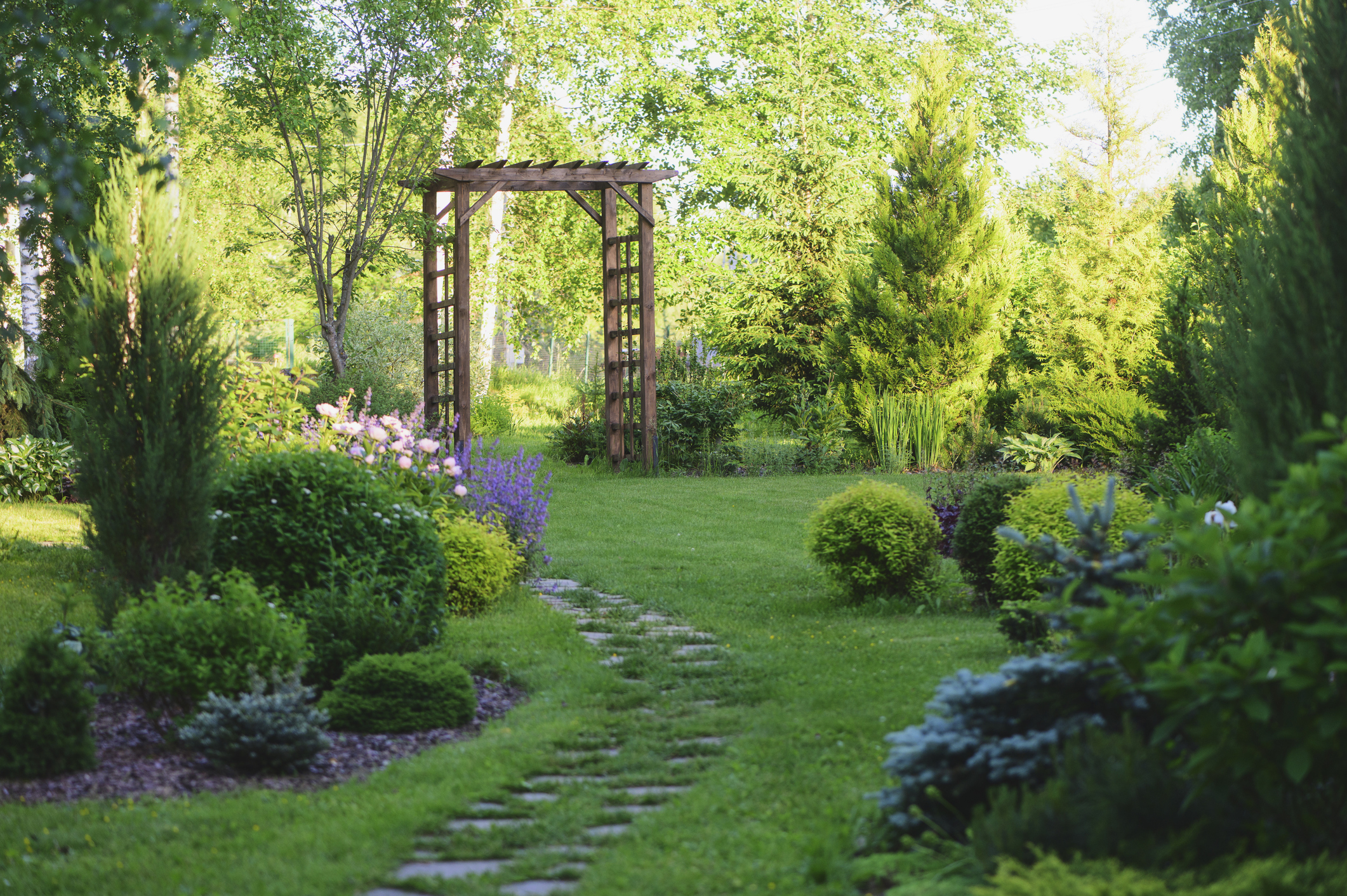
12. Landscaping
- Average professional landscaping cost: $3,647
- Typical price range: $200 to $15,000, depending on project scope
- Cost per square foot: $4.50 to $12, but can reach up to $40 for extensive projects
- Most expensive projects: Those involving excavation, sprinkler installation or major grading
Sprucing up your lawn and plantings before a sale is a no-brainer. Trees and hardscaping (walkways, walls, etc.) are the anchors of a good landscape design. A well-placed, mature and healthy tree can increase your home value between 10% and 15%, according to Home & Garden.
Avoid invasive trees or those that might turn prospective buyers off with a bad odor, like female ginkgo trees.
According to Angi, natural flagstone walkways give sellers a 100% return on their investment. If you have grass, ensure that it is healthy and trimmed. And of course, clean up and mulch your flower beds, but don't overdo it.
If you add too many new plants or trim too much, your landscaping will lack charm and may look fussy. Landscaping projects to avoid include installing artificial grass and installing a large amount of concrete in the yard.
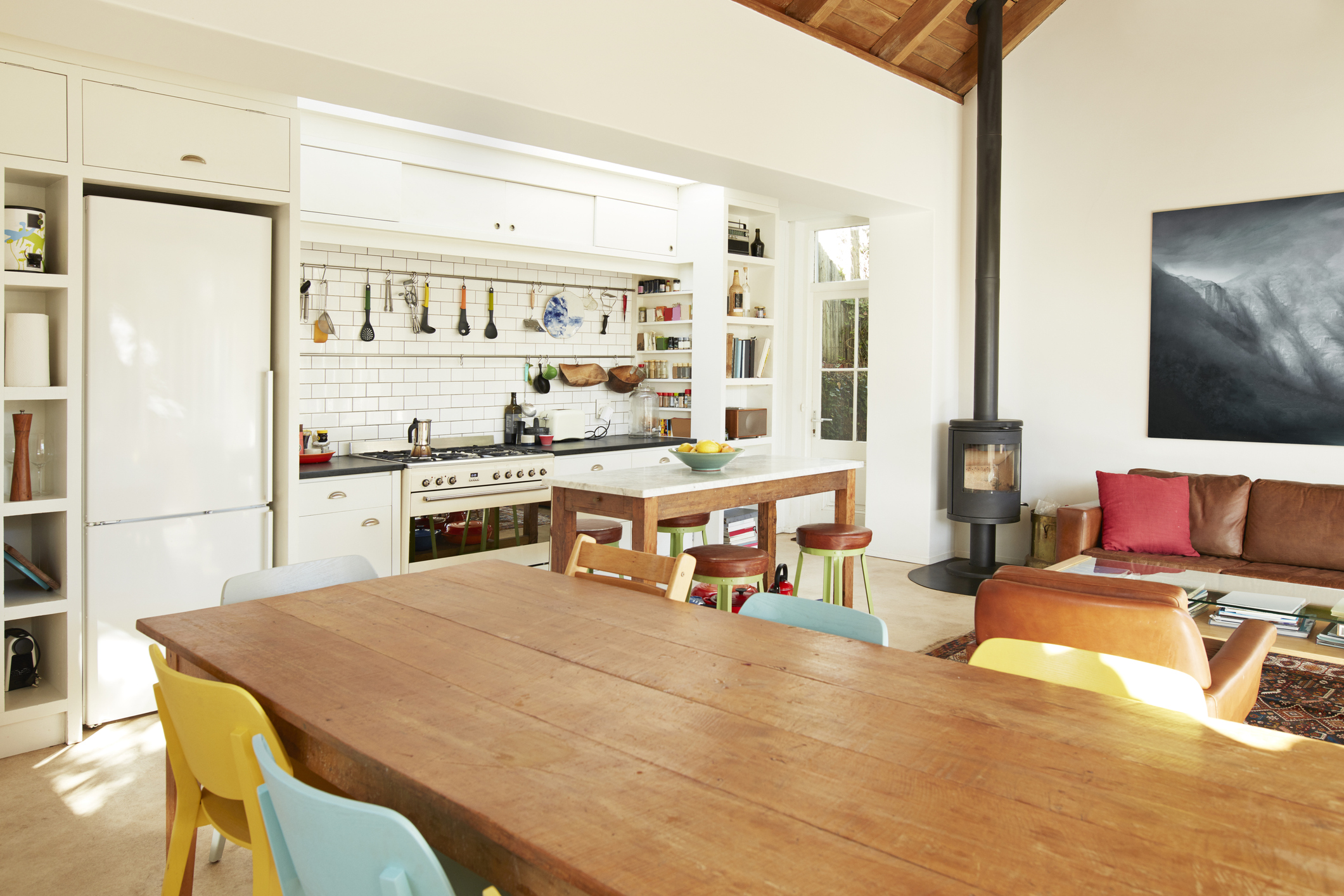
13. Table space in the kitchen
- Minor remodels: Usually cost $10,000 to $20,000
- Average kitchen remodel cost: $26,970
- Typical price range: $14,586 to $41,531, depending on scope and finishes
- Major or full remodels: Can run $65,000 to $130,000 or more
- Cost per square foot: Typically $75 to $250, based on materials and labor
Eat-in kitchens — that is, table space or an island for eating in a kitchen — are a must-have for buyers in the the NAHB poll. They're especially attractive to families with children. It’s a space not just for eating, but also for doing homework, crafting, helping with food prep and more.
If there isn't room for a separate table, most buyers are also happy with a banquette or island seating. Removing a non-load-bearing wall to create space for a small table in your kitchen is relatively inexpensive (as little as $1,000, according to Angi), but that price can quickly escalate if your demolition reveals plumbing, duct work and electrical wiring that needs to be removed
Move or Improve's Parsons says, "if the wall is load-bearing, you’ll pay up to $1,200 in a single-story home or up to $10,000 in a multiple-story home. If you're on a tight budget and can't afford to knock out a wall to create more space for a table and chairs, Parsons suggests you consider adding a center island with room for bar stools.
You can purchase prefabricated kitchen islands with space for seating at Wayfair.com for between $159 to $2,845.
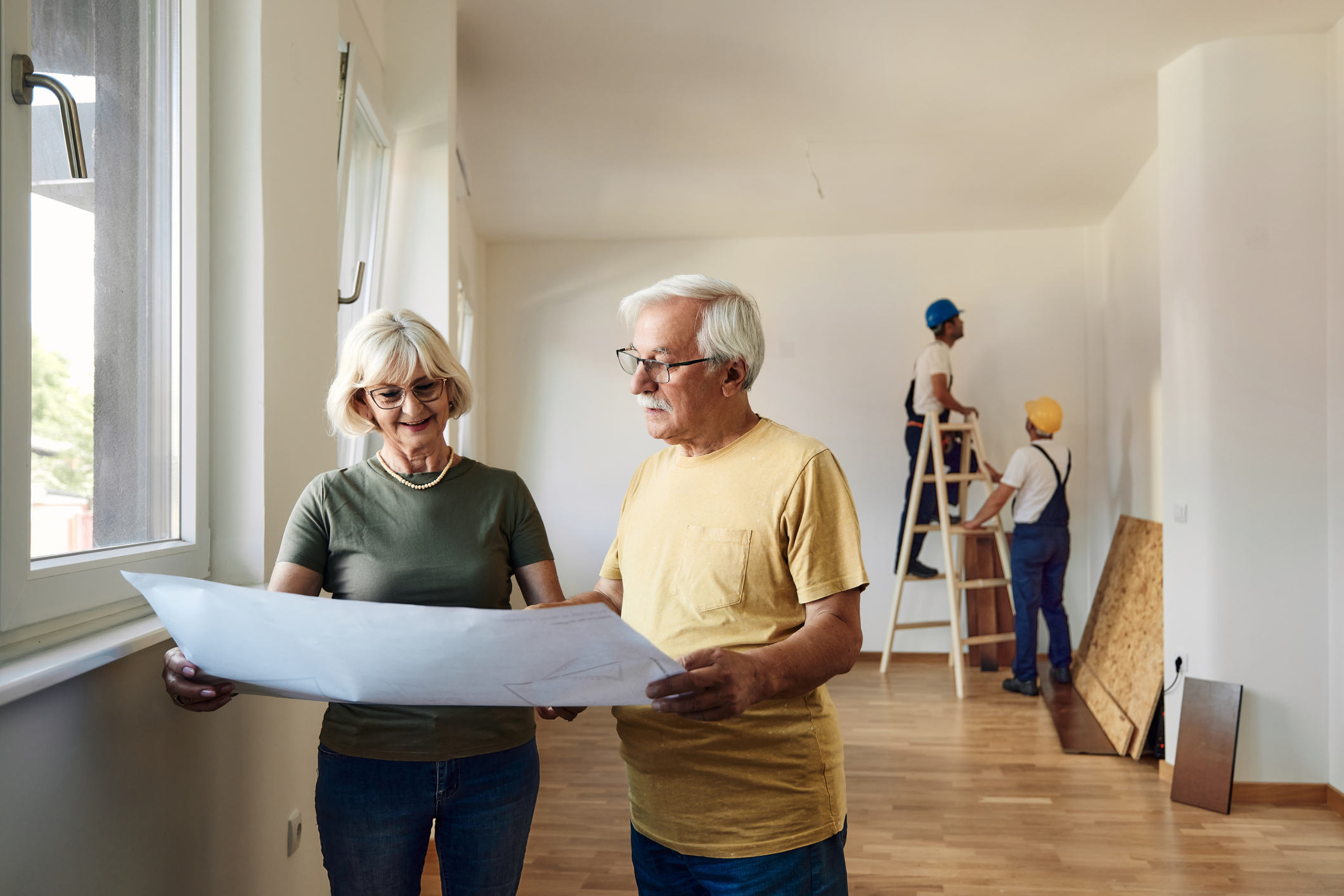
We looked at the most recent What Home Buyers Really Want report from the National Association of Home Builders (NAHB) to assess the preferences of recent and prospective home buyers. We also used an article in Builder to determine the percentages of prospective buyers who wanted specific features identified in the NAHB report. Some return on investment (ROI) data came from Remodeling magazine's 2025 Cost vs. Value report. Estimated project costs come from Angi and HomeWyse.com and reflect the cost of materials and contractor labor, unless noted otherwise.
Related Content
Profit and prosper with the best of Kiplinger's advice on investing, taxes, retirement, personal finance and much more. Delivered daily. Enter your email in the box and click Sign Me Up.

Ellen writes and edits retirement stories. She joined Kiplinger in 2021 as an investment and personal finance writer, focusing on retirement, credit cards and related topics. She worked in the mutual fund industry for 15 years as a manager and sustainability analyst at Calvert Investments. She earned a master’s from U.C. Berkeley in international relations and Latin America and a B.A. from Haverford College.
- Carla AyerseCommerce and Personal Finance Editor
-
 Fed's Rate Cuts Could Have Impacts You Might Not Anticipate
Fed's Rate Cuts Could Have Impacts You Might Not AnticipateUnderstanding how lower interest rates could impact your wallet can help you determine the right financial moves to make.
-
 Past Performance Is Not Indicative of Your Adviser's Expertise
Past Performance Is Not Indicative of Your Adviser's ExpertiseMany people find a financial adviser by searching online or asking for referrals from friends or family. This can actually end up costing you big-time.
-
 I'm want to give my 3 grandkids $5K each for Christmas.
I'm want to give my 3 grandkids $5K each for Christmas.You're comfortably retired and want to give your grandkids a big Christmas check, but their parents are worried they might spend it all. We ask the pros for help.
-
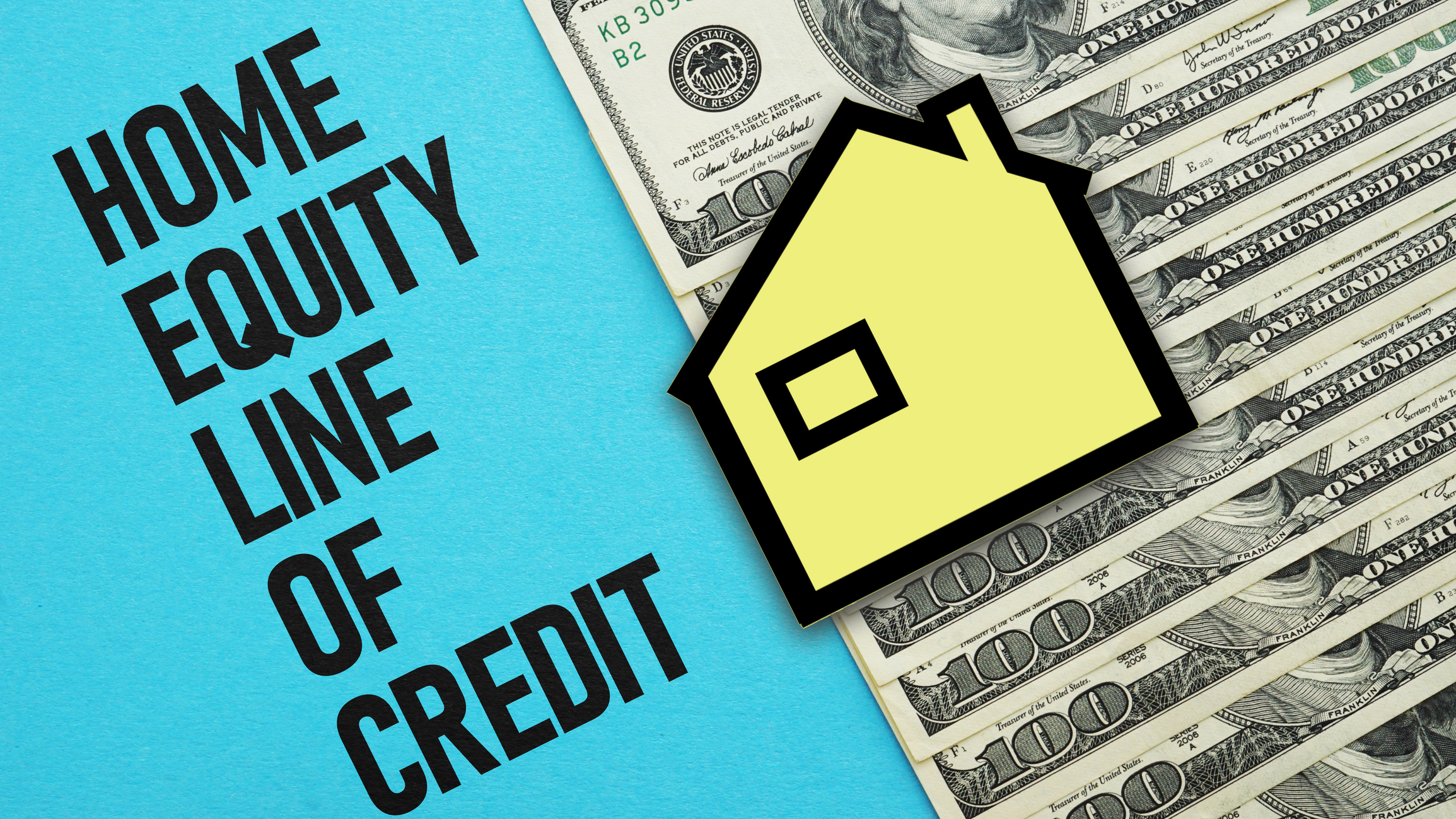 How Much Would a $50,000 HELOC Cost Per Month?
How Much Would a $50,000 HELOC Cost Per Month?Thinking about tapping your home’s equity? Here’s what a $50,000 HELOC might cost you each month based on current rates.
-
 Should You Tap Your Home Equity Before 2026?
Should You Tap Your Home Equity Before 2026?As borrowing rates and tax law shifts converge, here's what homeowners need to know before pulling equity out of their home.
-
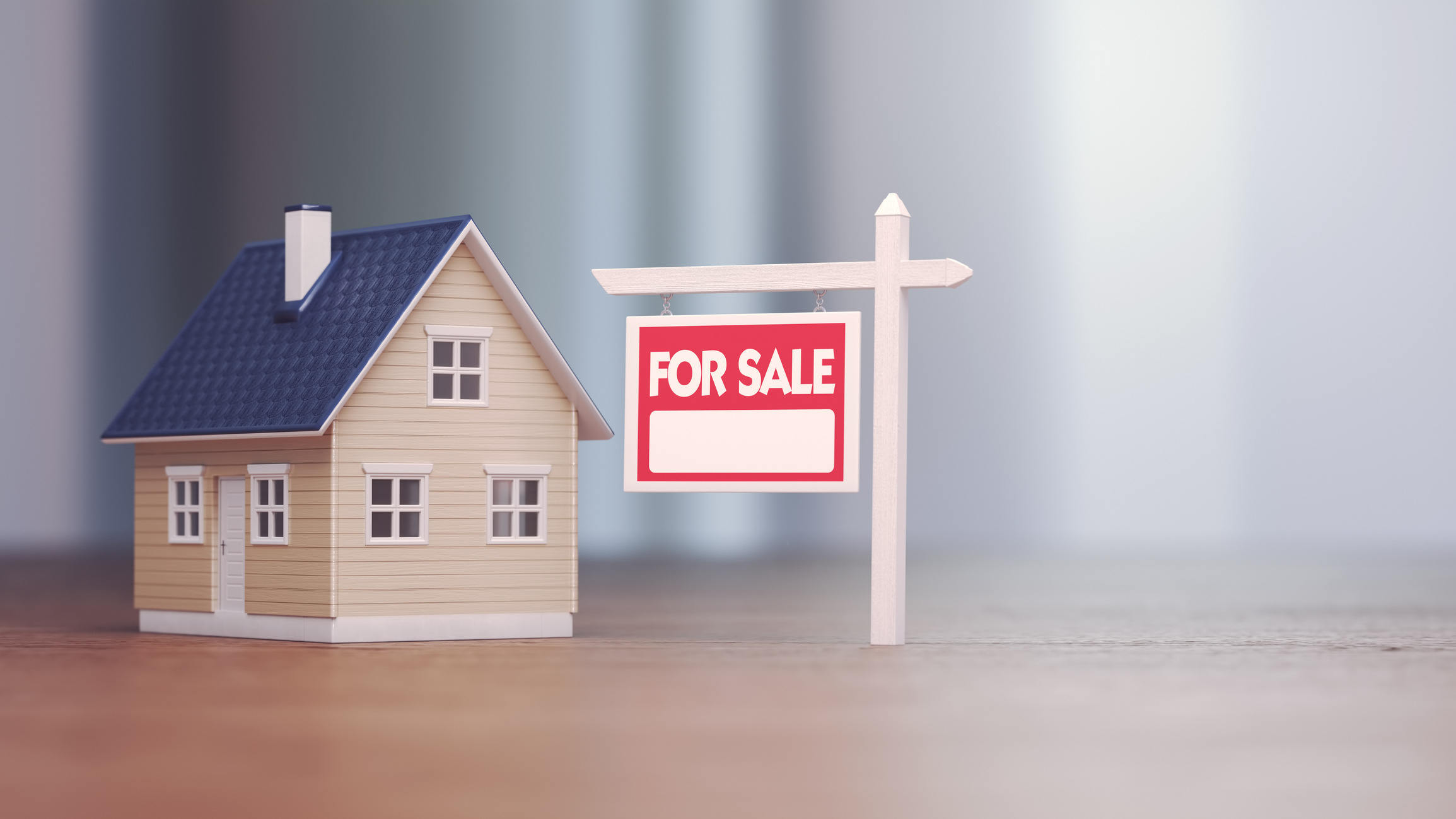 What to Know About Portable Mortgages
What to Know About Portable MortgagesA closer look at how portable mortgages would work, who might benefit and why the concept is gaining attention amid high rates and limited supply.
-
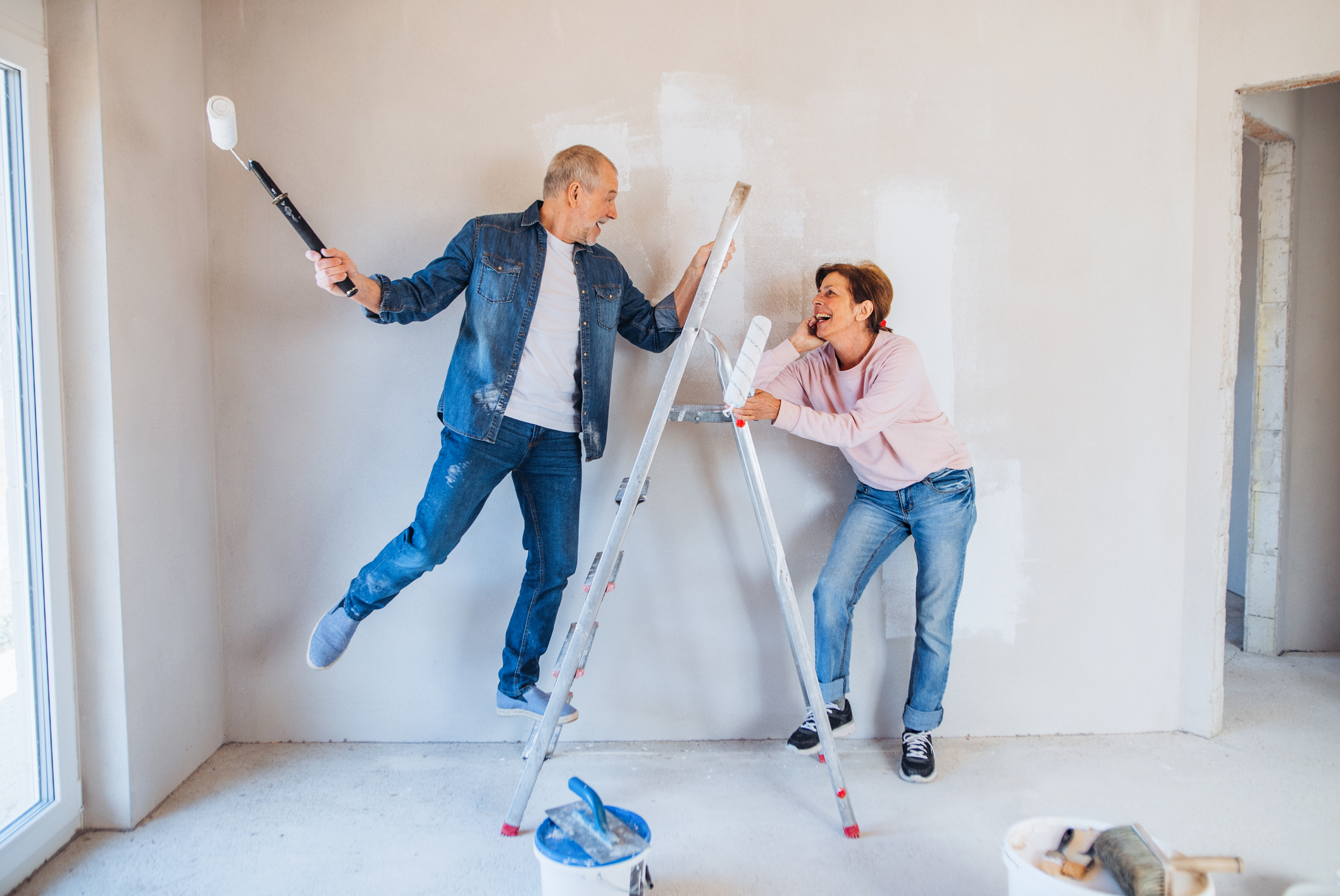 A New Kind of HELOC Lets Homeowners Fund Remodels on Their Terms
A New Kind of HELOC Lets Homeowners Fund Remodels on Their TermsFinance home upgrades gradually, using the equity you already have.
-
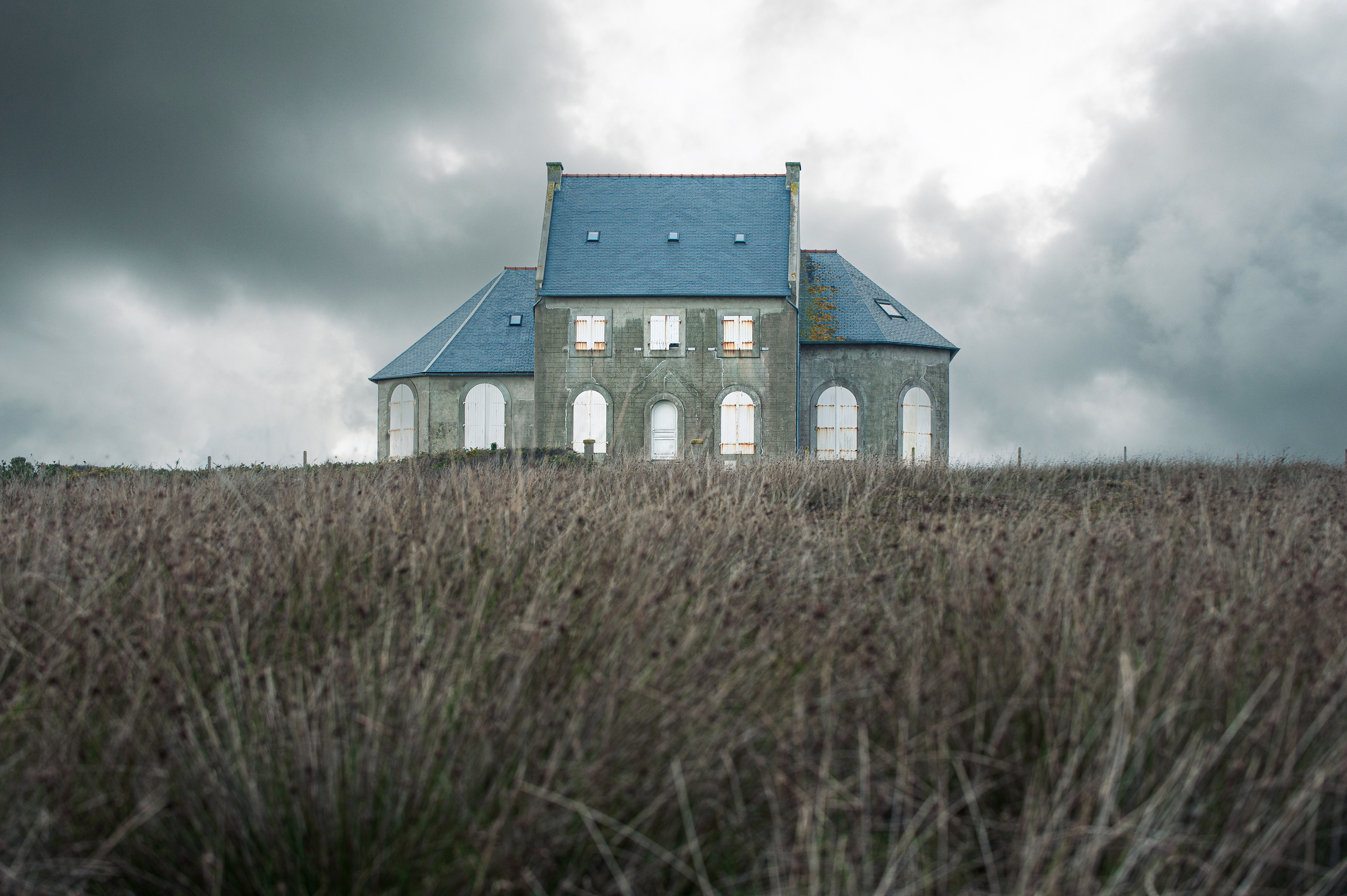 Selling a Haunted House? What You Have to Tell Buyers (and What You Don’t)
Selling a Haunted House? What You Have to Tell Buyers (and What You Don’t)You don’t need ghosts to spook buyers, sometimes a home’s past is enough. Here’s what sellers should know about disclosure laws, pricing and perception when a property has a haunted history.
-
 A Vacation Home Sounds Dreamy, But Is It the Right Move for You?
A Vacation Home Sounds Dreamy, But Is It the Right Move for You?A vacation home can be a relaxing getaway or a financial burden. Learn the pros and cons of owning a second home and how to decide if it fits your goals.
-
 Planning a Major Home Renovation? 3 Smart Ways to Finance It
Planning a Major Home Renovation? 3 Smart Ways to Finance ItFrom HELOCs to personal loans, here’s how to pay for a major home renovation without draining your savings.
-
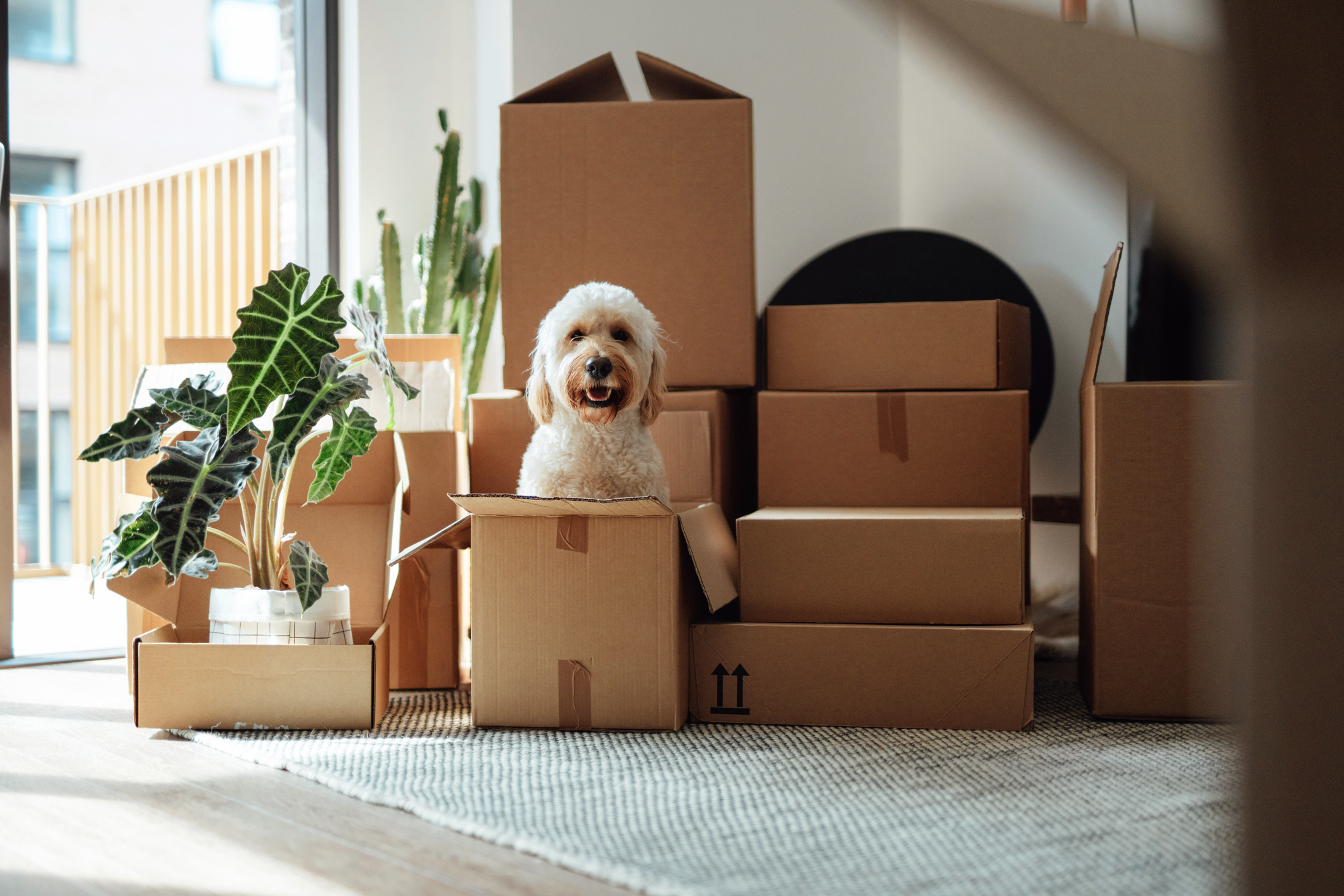 I Made Some Mistakes Buying My First Home. Here's How I'm Making Sure It Doesn't Happen Again
I Made Some Mistakes Buying My First Home. Here's How I'm Making Sure It Doesn't Happen AgainHome Buying Buying a home can be a complicated process. I'll show you some common mistakes we encountered and provide expert tips to help you avoid these.
